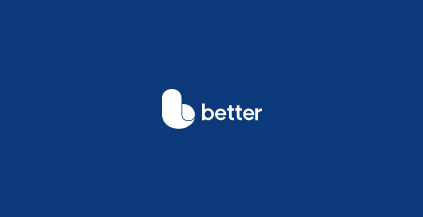Employee Recruiting and Onboarding: How to Make the Process Easier with HR Software
Human resources is an ever-changing field. From recruiting standards to onboarding processes, there are many different factors to consider in your hiring practices as an HR professional, and they’re always in flux. The good news is that you don’t have to do all of the heavy lifting alone. Human resources software can help.
The Benefits of HR Software
What can HR software do for you? The short answer is that the specifics will depend on the program; software exists for everything from payroll financing to legal and safety compliance.
For those in staffing, however, your best bet is specialized software focused on things like hiring and onboarding. Potential advantages can include:
● Standardizing the format of job listings
● Reviewing resumes for certain qualifications or keywords
● Scheduling calls and interviews
● Tracking the details of job offers
● Filing the right documents for new hires
● Organizing all compensation, benefit, and training materials
Software is also able to automate a lot of the more burdensome or time-consuming parts of human resources, freeing up your schedule for non-administrative tasks while simultaneously reducing the possibility of human error within the system. If you opt for cloud-based software, you’ll also be able to boost your entire department’s cross-organizational communication. For example, you’ll have the ability to share files with co-workers or instantly access what someone else has uploaded.
As you can see, HR software can assist you with just about every step of the hiring, interviewing, and onboarding process. What’s more, it can keep you current in terms of standards and best practices.
Using HR Software for Recruitment
Data analytics has become a driving force in the modern recruitment process. For employees, data represents a chance to compare and contrast things like salaries, benefits, and worker satisfaction ratings. For employers, data can determine which applicants are the best qualified for the job and how various contracts will affect the company’s bottom line.
Did you know, for example, that promoting from within is the most cost-effective method for filling senior positions? Recruiting someone new is more expensive than recruiting someone who is already familiar with the work and just needs a little extra training to move up. Data analysis software can help you crunch these numbers on internal versus external recruitment.
Data-based software can also help you with other quantifiable tasks. It can track the number of applications that job listings have received; it can monitor the retention or attrition rates of recruited hires over time. It can even help you with things like achieving diversity goals or collecting demographic statistics on your employees.
Human resources software can be a valuable investment for recruiters across all industries. Data analytics software isn’t the only type, either; it’s simply one of the most useful. Let it serve as a starting point for further research into the world of HR software for recruitment.
HR Software as an Onboarding Tool
Onboarding can be one of the most difficult parts of hiring new employees. The entire orientation process is a critical period where new hires are learning about their roles, forming their first impressions of their workspace, and making internal evaluations and judgments about their suitability for the job. Studies have shown that 69% of employees who experience good onboarding are more likely to stay with their company for three years or more.
What does a good onboarding process look like? How can technology help? Here are just a few ideas:
Self-Service Portals
Portals, such as Learning Center of Better HR, will allow new hires to take charge of their own onboarding. They can input their personal information into the system, sign off on the necessary documents, and read the required orientation materials before they even start the job.
Training Modules
If any elements of their employee training can be handled by software, you can digitize the handbooks, automate things like tests and scoring, and guarantee a digital record of completion. You can also eliminate the need and cost of traditional training materials by going paperless.
Virtual Meeting Options
Especially for remote workers, virtual meetings can serve as a chance to get to know everyone in their new workplace. It can also be a chance for them to familiarize themselves with the necessary software for the job.
All things considered, you can drastically improve your employee recruiting and onboarding process with the right kind of software. You just have to figure out which kind of software is right for you, your industry, and your place of business.
Conclusion
These are just a few ways that software can help you with your hiring practices as a human resources professional. Whether you’re recruiting fresh faces, hiring and interviewing selected candidates, or onboarding your next big talent, it’s important to do your job to the highest possible standard of quality. HR software can help you reach this pinnacle, and both you and your business will be all the better for it.






